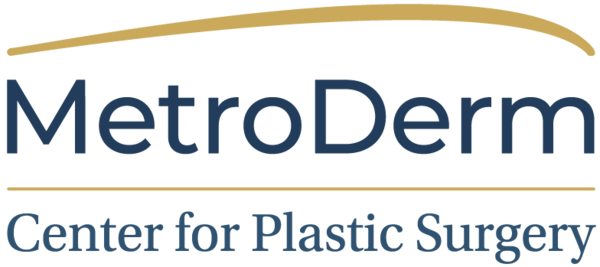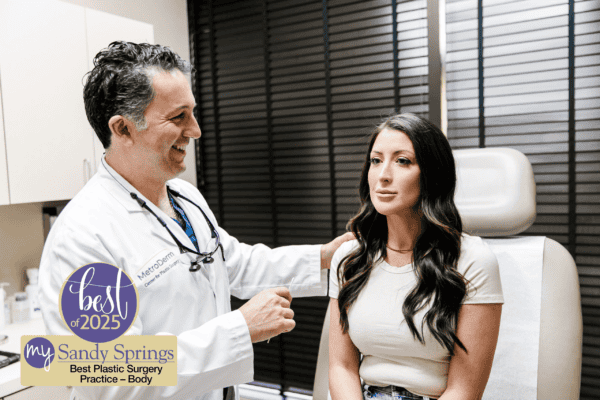Breathe easier.
If your breathing is a tad noisy or you are suffering from snoring, sleep apnea, frequent nosebleeds, recurrent sinus infections, or sinusitis, the cause might be a deviated septum. It doesn’t have to be that way. We can help you breathe easier – day and night.
Septoplasty is a surgical procedure to correct a deviated septum – a displacement of the bone and cartilage that divides your two nostrils. Having some deviation of the septum is common. Estimates are that 80 percent of all nasal septums are off-center, a condition that is generally not noticed. When a deviated septum is severe, it can block one side of the nose and reduce airflow, causing difficulty breathing through one or both sides of your nose.
During septoplasty, your nasal septum in the middle of the nose is straightened and repositioned. Benefits of septoplasty include:
- Improved overall breathing: The procedure is used to alleviate obstructed nasal passageways and can eliminate the deformed cartilage as well as the bony part of the septum, which allows for better airflow.
- Secondary surgery to a rhinoplasty, or nose job: In this case, the procedure is typically performed to straighten out a somewhat crooked nose or to helpfully open the airway.
About the Procedure
Using general anesthesia, a septoplasty takes anywhere from 30 to 90 minutes to complete, depending on the complexity of the condition. Septoplasty straightens the nasal septum by trimming, repositioning, and replacing cartilage, bone, or both.
In a typical procedure, an incision is made on one side of the nose to access the septum and the mucous membrane is lifted. Then the deviated septum is moved into the right position. Any barriers, such as extra pieces of bone or cartilage, are removed. The last step is the repositioning of the mucous membrane. Stitches may be needed to hold the septum and membrane in place. However, packing the nose with cotton is sometimes enough to keep them in position.
Aftercare & Recovery
Septoplasty is usually performed as an outpatient procedure unless major complications arise. This means that you’ll be able to go home on the same day as the procedure, once the anesthesia has worn off. Your nose will be swollen, painful, and packed with cotton to control bleeding. The packing can be removed a day or two after surgery. Pain medication will be prescribed as needed. Avoid aspirin, ibuprofen, and other drugs that thin the blood. This is done to lower the risk of bleeding problems after the procedure.
Limit physical activity for several weeks after surgery to minimize swelling and promote healing. This includes most forms of intense exercise, such as running, lifting weights, and playing contact sports. These activities can increase your blood pressure and lead to heavy bleeding. The wound will heal fairly quickly, and breathing is likely to improve shortly after the procedure. However, the overall healing process can be slow. Cartilage and other nasal tissues can take up to a year to fully settle into their new shape.
Each patient is unique; therefore, results of treatment may vary.
Request your consultation with one of our Plastic Surgeons in Sandy Springs or Hiram to learn more.















